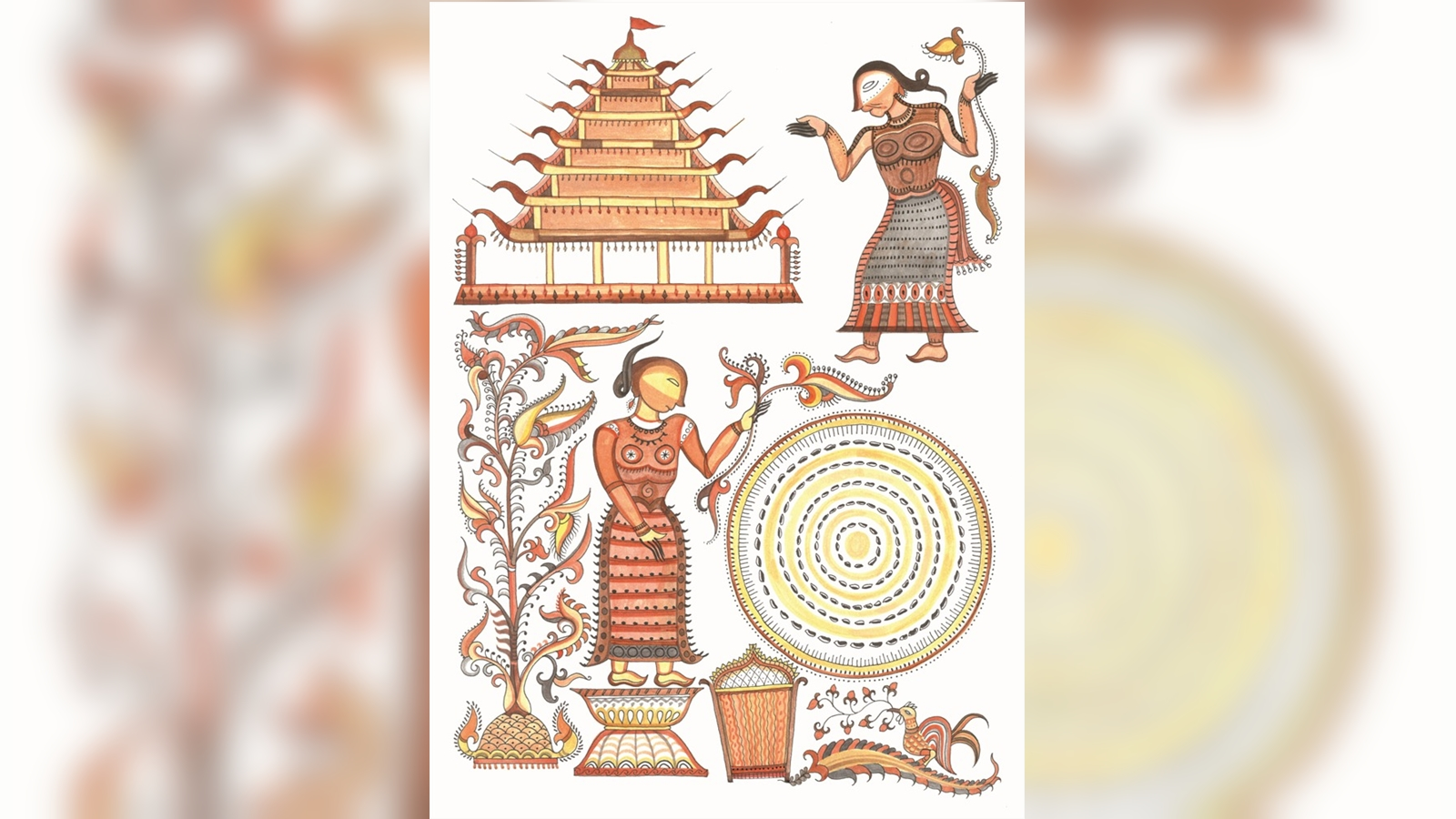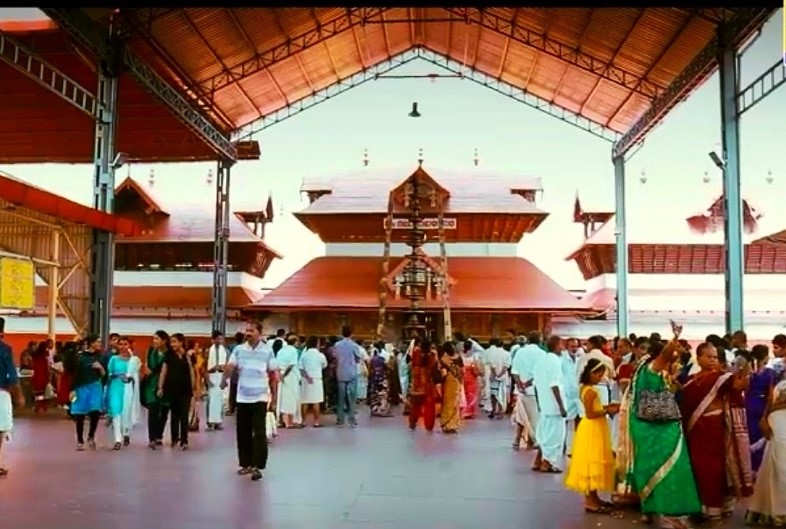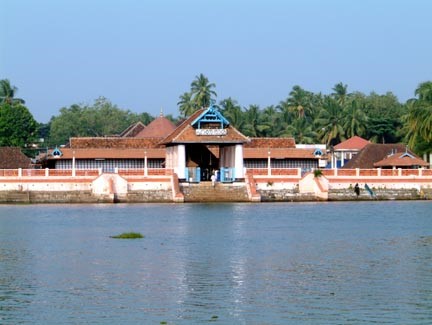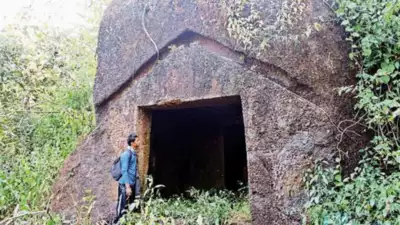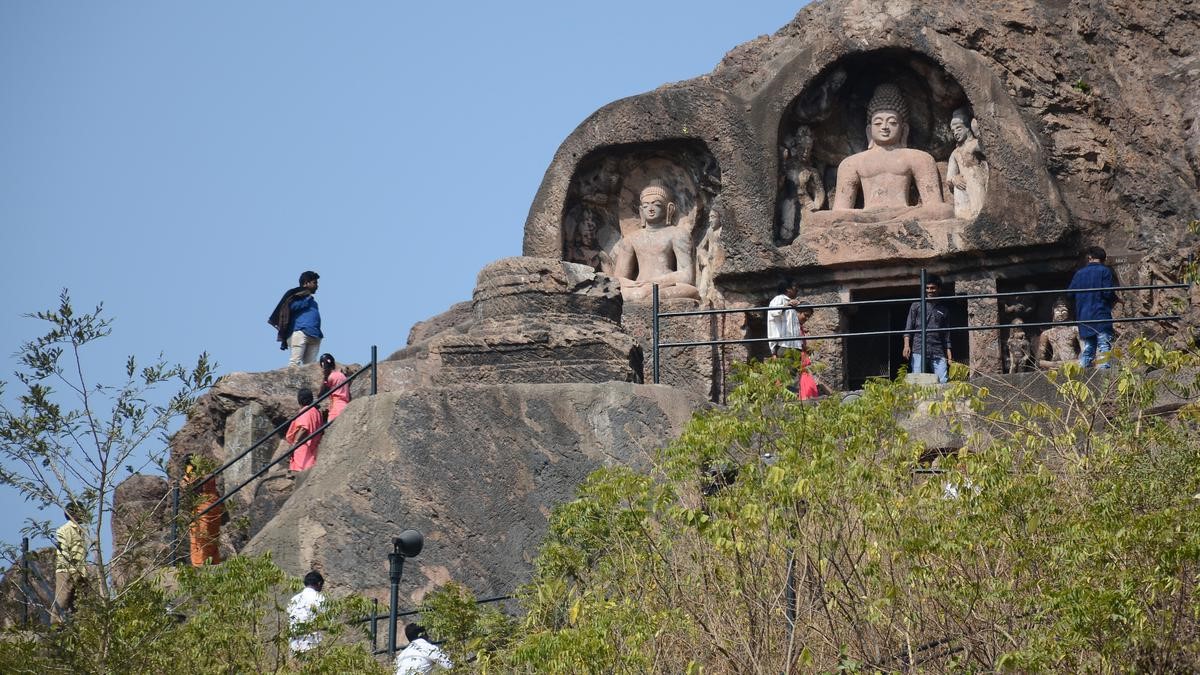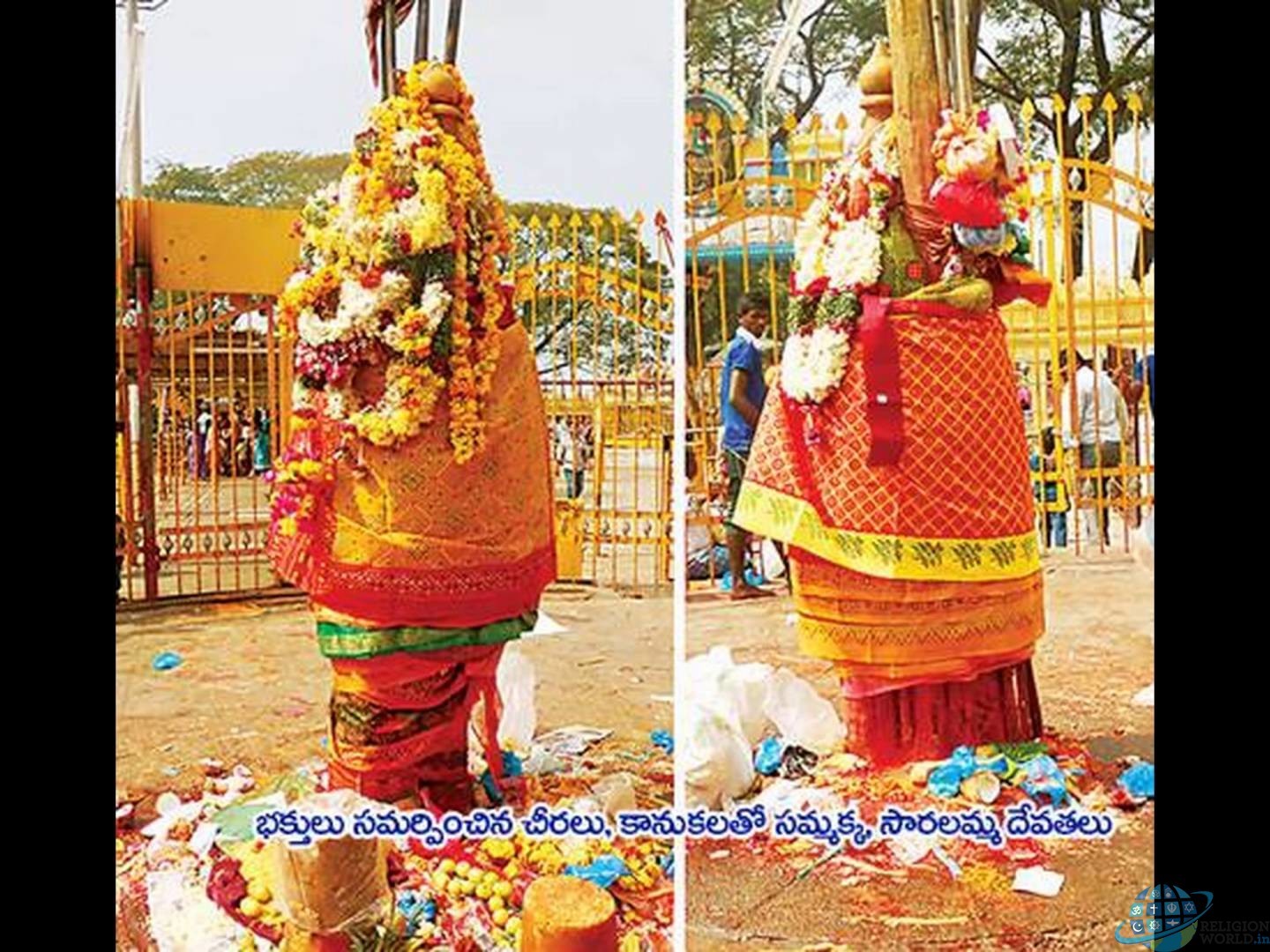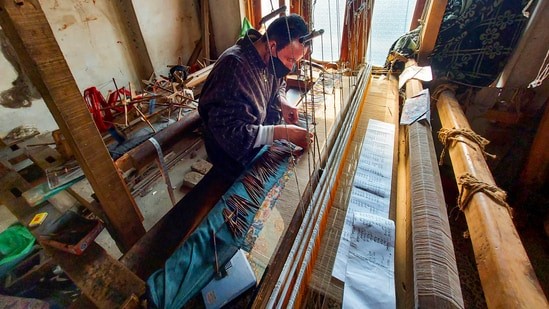Description
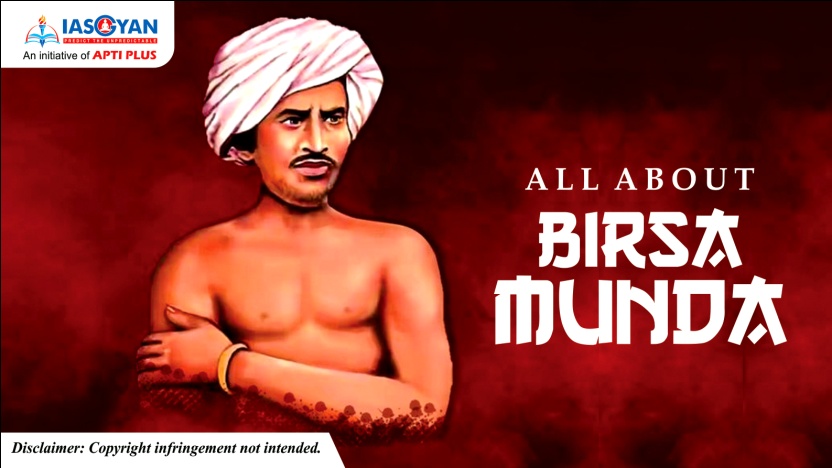
Copyright infringement is not intended
Context: The Ministry of Tribal Affairs (MoTA), Government of India, in joint collaboration with United Nations Educational, Scientific and Cultural Organization (UNESCO) organised 2-day workshop on the ‘Principles and Recommendations to create Tribal Freedom Fighters’ Museums’ at the UNESCO House in New Delhi.
- The event was coordinated by the United Nations Development Programme (UNDP) who are working on various development projects with the Ministry.
- These museums are meant to recognise contribution of tribals in the freedom movements and preserve their tribal cultural heritage.
- These museums are being set up in memory of those unsung heroes who contributed in the national freedom movement.
- The major challenge pointed by the experts was the development and validation of content, community participation so that tribal community develops a sense of ownership with the project.
- Museum for Tribal Freedom Fighters will showcase the history and create institutions for a future that promotes cultural rights, education, accessibility, livelihoods and social inclusion and contribute to the achievement of the sustainable development goals.
Tribal freedom fighters:
- India’s freedom struggle was strengthened by several movements by tribal communities such as Santhals, Tamars, Kols, Bhils, Khasis and Mizos.
- Birsa Munda fought bravely against the country against the exploitative system of the British colonial system and spearheaded movement against British oppression giving a call for ‘Ulgulan’ (Revolution).
- Birsa Munda: spearheaded an Indian tribal religious Millenarian movement during British rule in the late 19th century across the tribal belt of modern-day Jharkhand and Bihar.
- Shaheed Veer Narayan Singh: considered the Pride of Sonakhan in Chhattisgarh, he looted trader’s grain stock and distributed them amongst the poor after the 1856 famine. He became the first martyr from Chhattisgarh in the independence struggle of 1857.
- Shri Alluri Seetha Ram Raju:best remembered for leading the Rampa Rebellion against the British in which he organised the tribal people of Visakhapatnam and East Godavari districts to revolt against the foreigners.
- Rani Gaidinliu:was a Naga spiritual and political leader who led a revolt against British rule in India.
- Sidhu and Kanhu Murmu:organised 10,000 Santhals and proclaimed a rebellion against the British.
Tribals in India:
- According to 2011 census, the tribal population in India is over 104 million which is spread across 705 tribes and accounts for 8.6% of country’s population.
- More than 90% of tribal people live in rural areas.
- Madhya Pradesh has highest tribal populationfollowed by Maharashtra, Odisha and Rajasthan.
- Livelihood status - 6% of tribals live below poverty linevis-a-vis 20.5% non tribals.
- The 2011 census data shows that access to tap water, sanitation facilities, Drainage facilities and clean cooking fuel is much lower among the tribal population.
- There is also a stark gap in educational status as 41% of STs are illiterate.
- Sex ratio among tribals is 990/1000as compared to national average of 933/1000.
- Tribals suffer from a triple burden of diseases: Malnutrition and communicable diseases , Genetic disorders and lifestyle diseases, Mental illness and addictions
Initiatives for Tribals:
- Swasthya Portal: e-portal on tribal health and nutrition which will be providing all health and nutrition related information of the tribal population of India in a single platform.
- National Overseas Portal and National Tribal Fellowship Portal:to bring greater transparency and easy information to Scheduled Tribe (ST) students.
- Online Performance Dashboard“Empowering Tribals, Transforming India” under Digital India to work towards empowering STs and will bring efficiency and transparency.
- e-newsletter on health and nutrition- ALEKH.
- Pradhan Manti Van Dhan Yojana: a market-linked tribal entrepreneurship development program for forming clusters of tribal SHGs and strengthening them into Tribal Producer Companies. Launched in 2018, the scheme is being implemented by TRIFED.
- Eklavya Model Residential Schools:started in the year 1997-98 to impart quality education to ST children in remote areas. As per the budget 2018-19, every block with more than 50% Schedule Tribe (ST) population and at least 20,000 tribal persons, will have an Eklavya Model Residential School by the year 2022.
- Minor Forest Produce: The number of Minor Forest Produce notified has been revised from 23 to 49 under ‘Mechanism for Marketing of MFP through Minimum Support Price (MSP) and Development of Value Chain for MFP’ scheme. MFPs contribute up to 80% of tribal communities’ cash income.
- Tribal Ministry is funding about 250 NGOs for 350 projects mainly on Health and Educationin the deficient service area, LWS areas, and Border areas.
- Tribal Research Institute (TRI) Uttarakhand has been made nodal TRI for coordination of research works being conducted for tribal medicine by various Centers of Excellence and TRIS so as to create a centralized knowledge hub on the subject.
- North Eastern Region Community Resource and Management Program:Livelihood and rural development project aimed to transform the lives of poor and marginalized tribal families in North East.
- Pre-matric Scholarship Scheme for Tribals:Centrally Sponsored Scheme meant for needy ST students studying in classes IX and X.
- Tribal Cooperative Marketing Development Federation of India (TRIFED)’s initiatives:
- Trifood Project:Aims to enhance the income of tribals through better utilization of and value addition to the Minor Forest Produce (MFP) collected by the tribal forest gatherers.
- Tribes India e-Marketplace:Initiative through which TRIFED aims to onboard 5 lakh tribal producers for sourcing of various handicraft, handloom, and natural food products.
- Tech for Tribals:aims at capacity building and imparting entrepreneurship skills to tribal forest produce gatherers enrolled under the Pradhan Mantri VanDhan Yojana
Challenges in tribal governance:
- Lack of population level data, centralized policy formulation and implementation, near absence of tribals from the process, weak state level interventionhas accentuated dismal health conditions among tribals.
- Though tribals are heavily dependent on public health services but there is a shortfall of public health centres, sub-centres, community health centres by 27-40% in about half of the states. This has resulted in low access and coverage, low outputs and outcomes in tribal health status.
- There are severe shortages in health human resources in terms of PHC doctors (33% shortfall), CHC specialists (84% shortage), health workers
- The tribal sub plan (TSP), though started with the noble goal of complementing existing finances for tribal policies, has shown a lackadaisical response.
Way Forward:
- A bottom up approachwith primary health care at the centre of public health services should be adopted.
- A localized primary care systemis more acceptable as illustrated by SEARCH initiative of tribal friendly hospital at Gadchiroli district.
- Awareness programmesthrough schools and media should be encouraged.
- The new setup should include skilled local youth, traditional healers, ASHAs and PM’s tribal health fellows.Moreover, a remunerative service structure in the form of higher salaries, good housing and further opportunities has to be created for doctors.
- The literacy drives in tribal areas based on Salunkhe committeereport should be undertaken.
- Knowledge, research and data on tribal health-A principled approach based on 4R’s i.e. Respect, relevance, reciprocity and responsibilityshould be followed for data and research.
- A multi-level governance structure, starting from village level gram sabhas to national level tribal health advisory councils should be adopted. It will also have Self-Help group, making it responsive, participative, inclusive, and converging in nature.
- Earmark of 8.6% of proposed 2.5% increase in health care expenditure in current health care policy to tribal health.
- A holistic tribal policy based on intended goals should be formulated based on principles of justice, equity, inclusiveness, accessibility, integration, affordability, flexibility, decentralization, financial autonomy and empowerment.
https://pib.gov.in/PressReleaseIframePage.aspx?PRID=1816060








